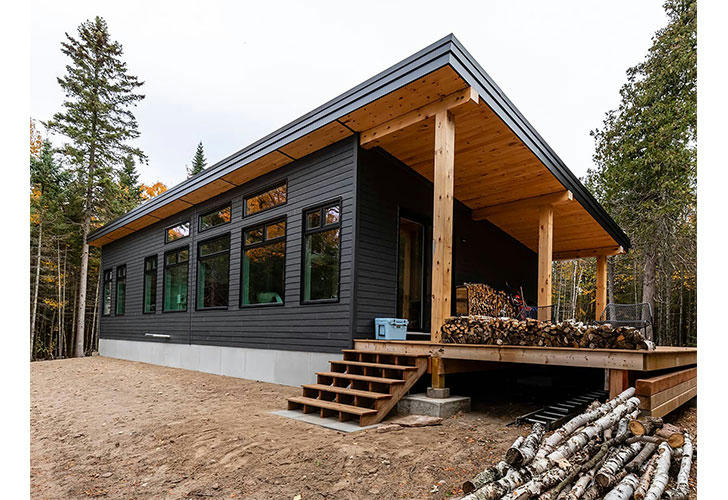The Rise of Prefabricated Homes, Storage & Stainless Steel: A Sustainable Housing Solution
Prefab homes are becoming a popular and sustainable housing option for many homeowners. Offering an eco-friendly alternative to traditional construction, these homes are built off-site in a controlled factory setting and then transported to the final location for assembly. Let's explore the various reasons behind the surge in popularity of prefabricated homes.

Environmental Impact:
Prefab homes are constructed using sustainable materials and practices, reducing waste and carbon emissions during the building process. Many manufacturers prioritize energy efficiency, utilizing innovative design techniques and green technologies to ensure minimal environmental impact. This eco-conscious approach aligns with the growing demand for sustainable housing solutions.
Cost-Effectiveness:
One of the key benefits of prefabricated homes is their cost-effectiveness. By streamlining the construction process and minimizing on-site labor, prefab homes can be more affordable than traditional builds. Additionally, the controlled factory environment reduces the risk of delays and cost overruns, making prefabricated homes an attractive option for budget-conscious buyers.
Design Flexibility:
Contrary to common misconceptions, prefabricated homes offer a wide range of design options and customization opportunities. From modern and minimalist styles to traditional and rustic designs, homeowners can choose from a variety of floor plans, finishes, and fixtures to create a home that reflects their unique taste and lifestyle. The versatility of prefab homes allows for personalization without compromising on quality or durability.
Rapid Construction:
The efficiency of prefabricated construction allows for faster build times compared to traditional methods. With many components pre-fabricated in the factory, on-site assembly and installation are streamlined, reducing construction time significantly. This quick turnaround is particularly advantageous for those seeking a speedy housing solution or looking to avoid lengthy construction timelines.
Durability and Quality:
Prefab homes are built to meet rigorous industry standards, ensuring structural integrity, durability, and quality craftsmanship. Factory-built components undergo rigorous testing and quality control measures to guarantee consistency and reliability. The use of advanced materials and construction techniques results in homes that are resilient, energy-efficient, and built to last for generations.
Energy Efficiency:
Another notable advantage of prefabricated homes is their focus on energy efficiency. From insulation and ventilation systems to energy-efficient appliances and fixtures, prefab homes are designed to minimize energy consumption and reduce utility costs. Many manufacturers incorporate sustainable features such as solar panels, rainwater harvesting systems, and smart home technologies to further enhance the eco-friendly profile of prefab homes.
As the demand for sustainable housing solutions continues to grow, prefabricated homes have emerged as a viable and forward-thinking option for environmentally conscious homeowners. With their blend of eco-friendliness, affordability, design flexibility, rapid construction, durability, and energy efficiency, prefab homes are reshaping the housing industry and offering a sustainable alternative for modern living.
